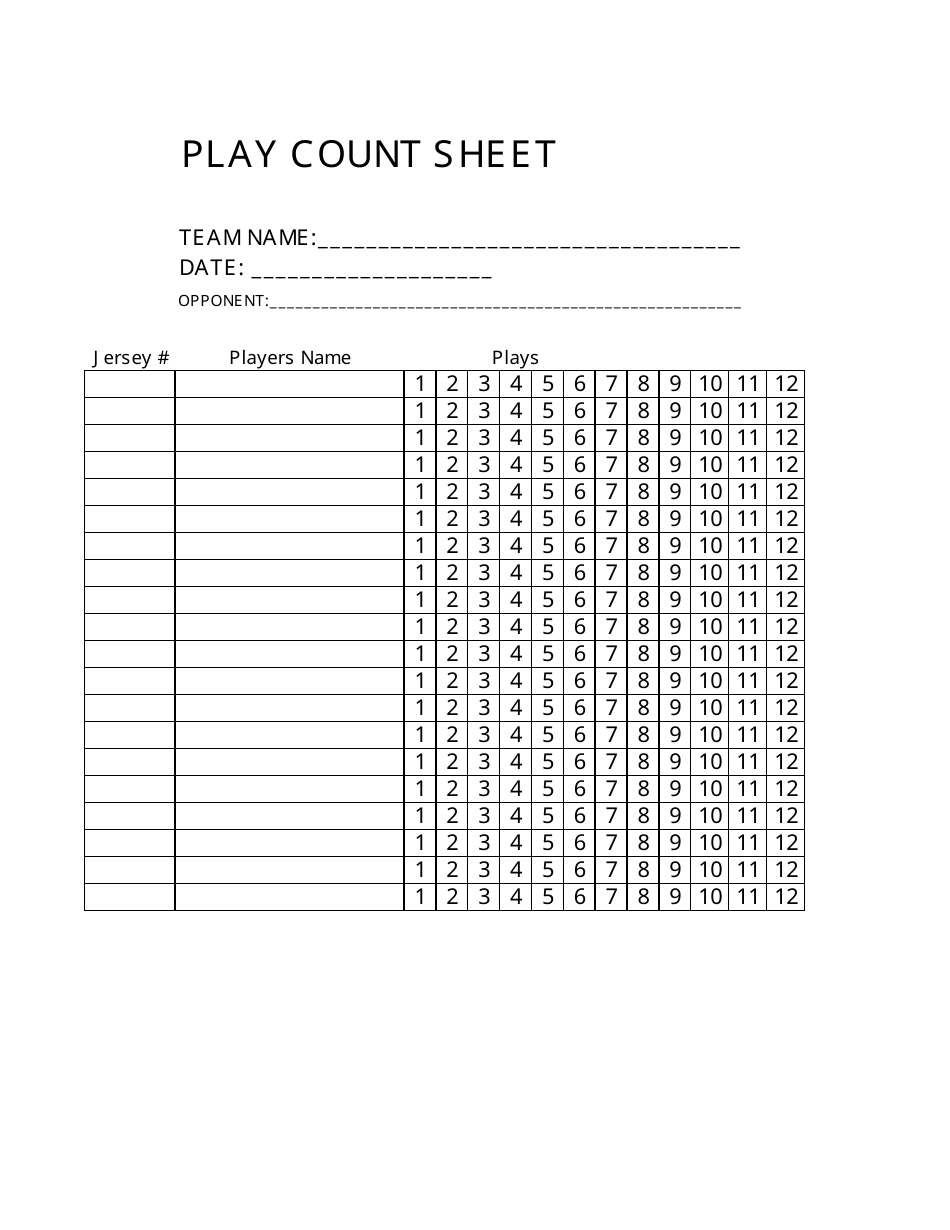

A song that only has three notes could (depending on the three notes used) be any number of keys, and the only real way to secure which is correct is to identify the tonic. Whilst a huge amount of songs are chord based and thus use all notes in a key, a lot of electronic music uses very little melodic content.

Considering the above, you should be able to understand how the following can throw a computer (or indeed a human) key detector off the scent:
#Beatunes play count how to#
The reason for all this theory is to help you understand how to interpret the results that computer software comes up with and understand how relevant they are. You can also always play along with a song on a keyboard until you find the selection of notes that don’t clash and derive the key that way.Ĭomputers can analyse audio files and pull apart the notes too. A good musician can do this by ear in much the same way that learning to beatmatch tunes your brain to be able to distinguish different rhythm metres in isolation, training can enable you to separate pitches (if you have true biological perfect pitch and train yourself to recognise pitches as note values you can know a key almost instantly, whereas most of us aspire to a well honed sense of memory based relative pitch). The only way to find a key is to dissect a song and distinguish the notes that are playing. The Camelot wheel gives the twelve tonic scales a number, so that rather than having to remember the relationship between scales one can simply look for numbers – in the heat of the moment this is a simpler way to think about key relationships than memorising the circle of fifths. This is true not only for the major and minor scales independently, but there is also a relationship between a major and minor scale which share most notes.

#Beatunes play count full#
Because of the cyclical nature of moving through tonics – eventually you will come full circle – keys can be placed on a circle which indicates which keys are most similar, and this circle is called the circle of fifths. The scale pattern is always the same, so some keys play almost the same notes even though they focus on a different tonic (move up seven semitones to see this only one note will be different between the two keys and it will be due to where available sharp/flat semitones throw the pattern).

Minor scales start with the tonic and move up the semitones in this manner: 2, 1, 2, 2, 1, 2, 2 (there are a few special rules for different types of minor scale that involve differences when moving back down the notes, but for now this will suffice). Major scales work by starting with a note – this note is called the tonic, and becomes the name of the key – and moving up the semitones in the following steps: 2, 2, 1, 2, 2, 2, 1. This might be tough!Ī musical key is a group of notes that play well together, and in western major and minor scales there are seven notes out of a total twelve per scale. Ready to see which software won this time?įirst, a crash course in music theory for DJs without any extraneous tangents. Times have changed and the software has moved on, so we took a fresh look at the capabilities of Mixed in Key, Rapid Evolution, and Beatunes- and we also discuss whys and wherefores of musical key, too. It’s been almost two and a half years since the last DJ TechTools key detection software comparison.


 0 kommentar(er)
0 kommentar(er)
